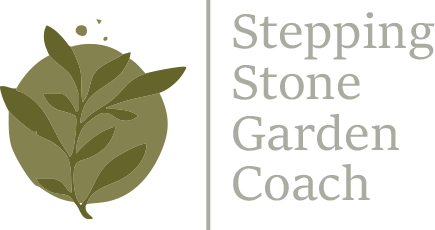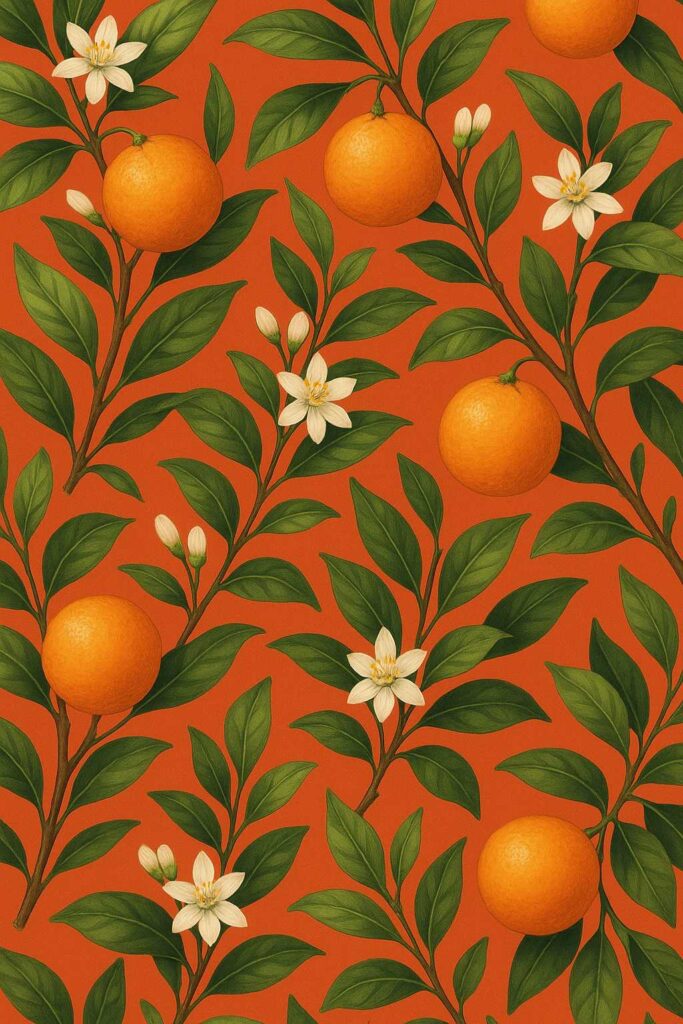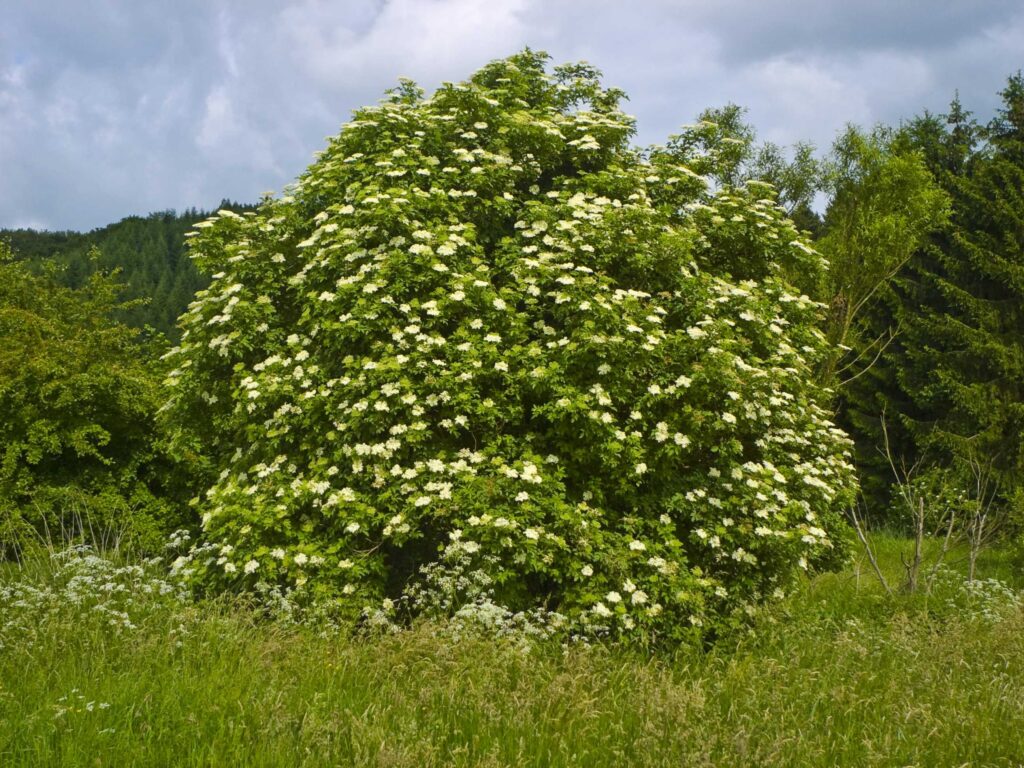When we think of herbal medicine, we often picture tender garden herbs or wildflowers peeking up from the ground. But some of Florida’s most powerful plant allies are taller than you’d expect—rooted deep, blooming quietly, or offering fruit high above our heads.
Here are a few medicinal shrubs and trees that are either blooming, fruiting, or thriving right now in Central Florida. Many are native, hardy, and incredibly generous if you know what to look for.
Beautyberry (Callicarpa americana)
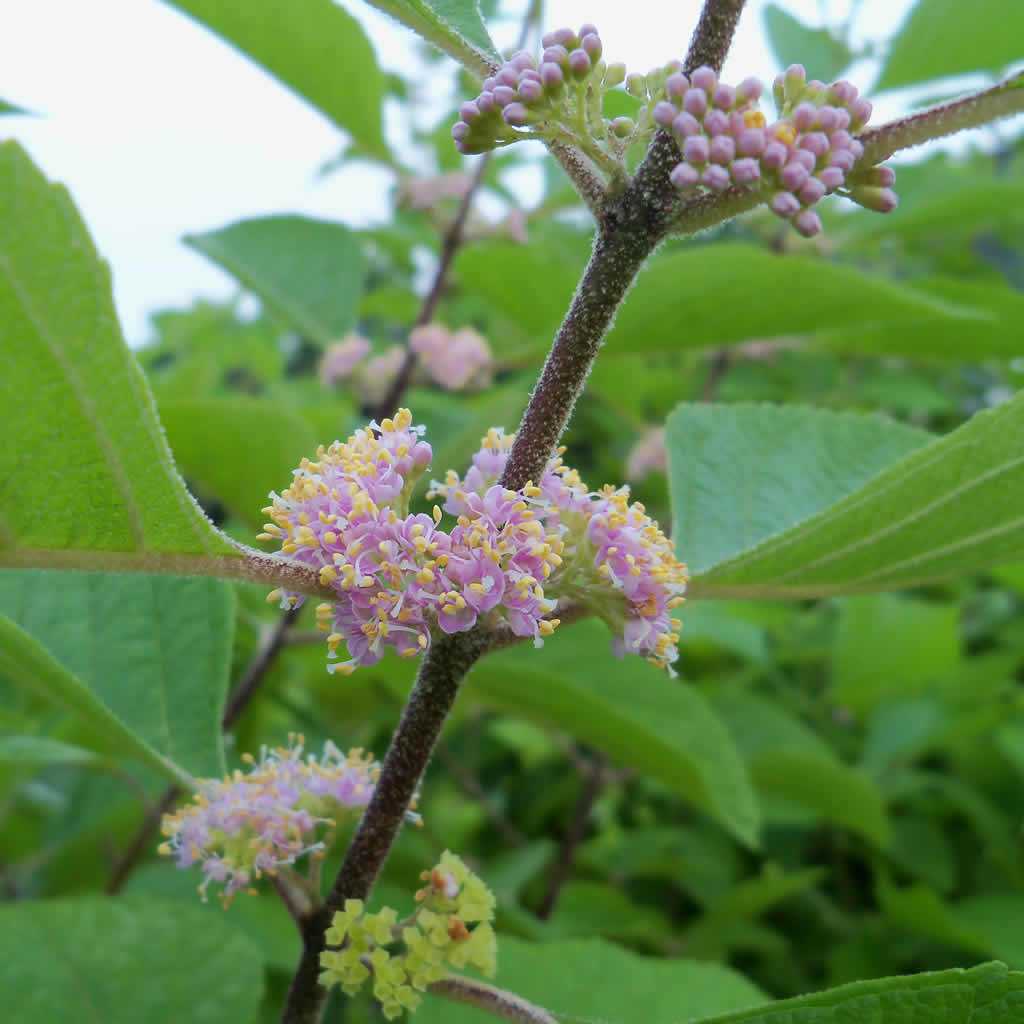
Blooming Now — Pale lavender flowers are forming in clusters
Medicinal Uses:
Leaves are a time-tested natural mosquito repellent—crushed fresh or infused into oils or sprays
Bark used in traditional teas for fever and rheumatism
Found: Along forest edges, in native landscapes, or as ornamental shrubs
Bonus: The jewel-toned purple berries that appear later in the summer are edible (though bland) and rich in antioxidants.
Elderberry (Sambucus nigra subsp. canadensis)
Currently Fruiting — Small dark berries ripening fast
Medicinal Uses:
Flowers support fevers and colds (used in teas and tinctures)
Cooked berries are prized for immune-boosting syrups and elixirs
Found: Moist ditches, wild hedgerows, or in home gardens with rich soil
Caution: Never eat raw berries—they must be cooked to remove mild toxins.
Yaupon Holly (Ilex vomitoria)
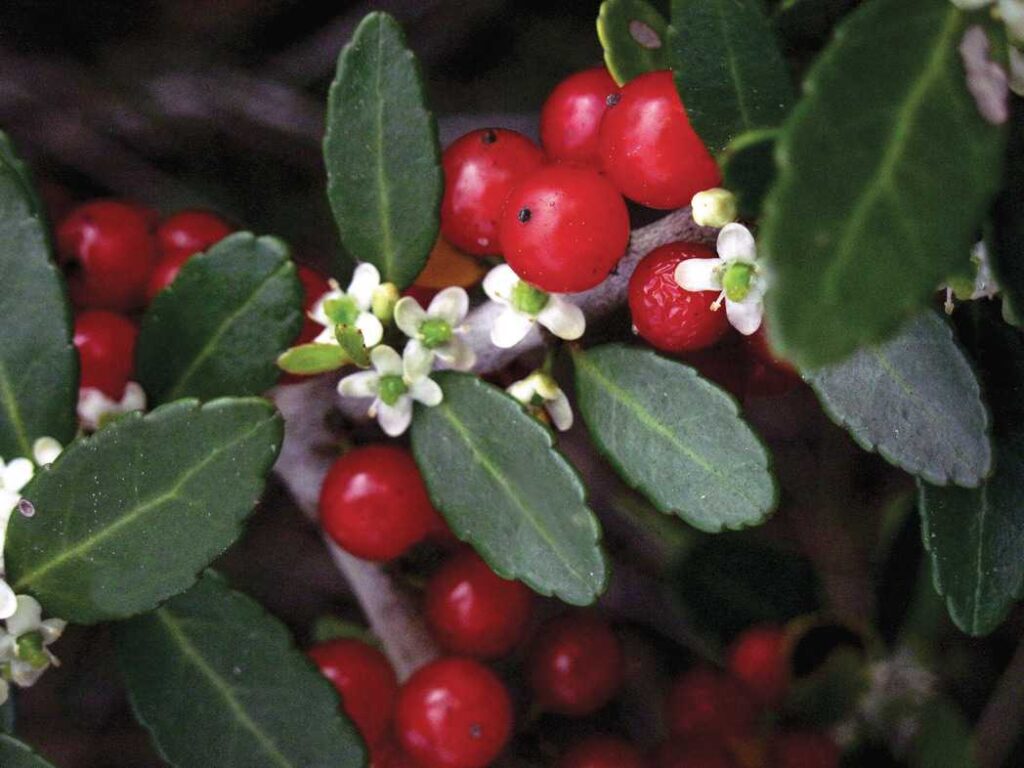
Fruiting or Leafing Now
Medicinal Uses:
The only native North American plant with caffeine
Leaves make a smooth, energizing tea traditionally used by Indigenous tribes in ceremonies
Found: Sandy pine woods, hedgerows, and increasingly, edible landscapes
Garden Tip: Unlike coffee or traditional tea, yaupon grows easily in Florida and needs no fertilizers or fuss.
Wax Myrtle (Morella cerifera)
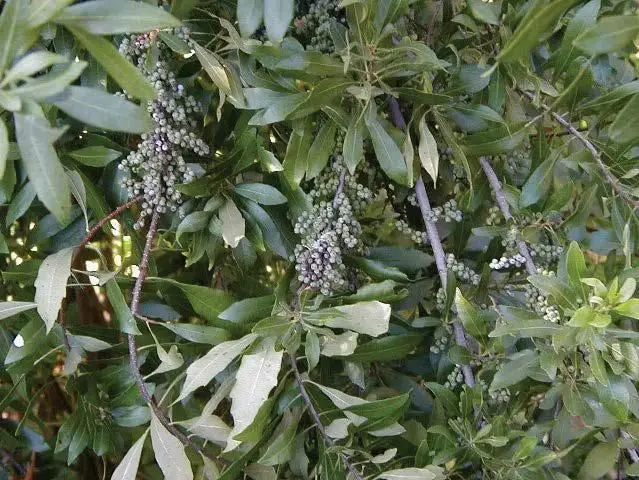
In Leaf/Fruiting Stage
Medicinal Uses:
Bark used as an astringent and for digestive upset
Crushed leaves repel insects and have a pleasant, spicy scent
Found: Often planted as hedges or windbreaks in Florida yards
Bonus: This native shrub is fast-growing, wind-tolerant, and supports native birds.
Slash Pine & Longleaf Pine (Pinus elliottii, Pinus palustris)
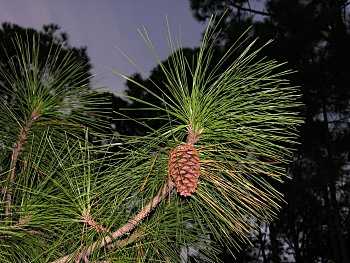
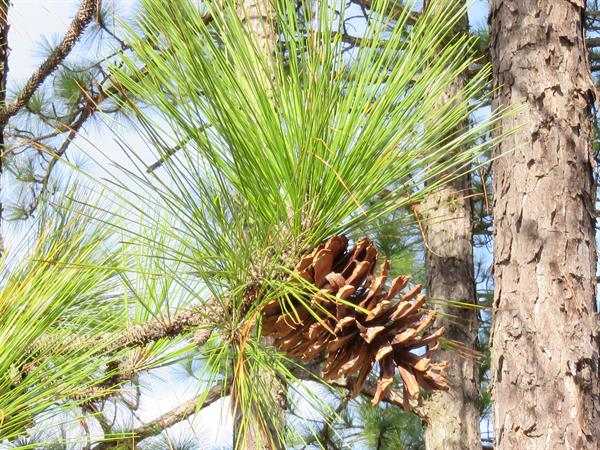
Slash Pine (Pinus elliottii) Longleaf Pine (Pinus palustris)
New Growth Present — Needles and resin forming
Medicinal Uses:
Needles steeped for tea (high in Vitamin C and antiviral compounds)
Resin used externally in salves and wound dressings
Found: Everywhere from roadsides to wild hammocks
Note: Always ensure proper pine species. Some, like Ponderosa Pine, are toxic. Stick with native Southern pines.
Wild Citrus (e.g., Seville or Bitter Orange)
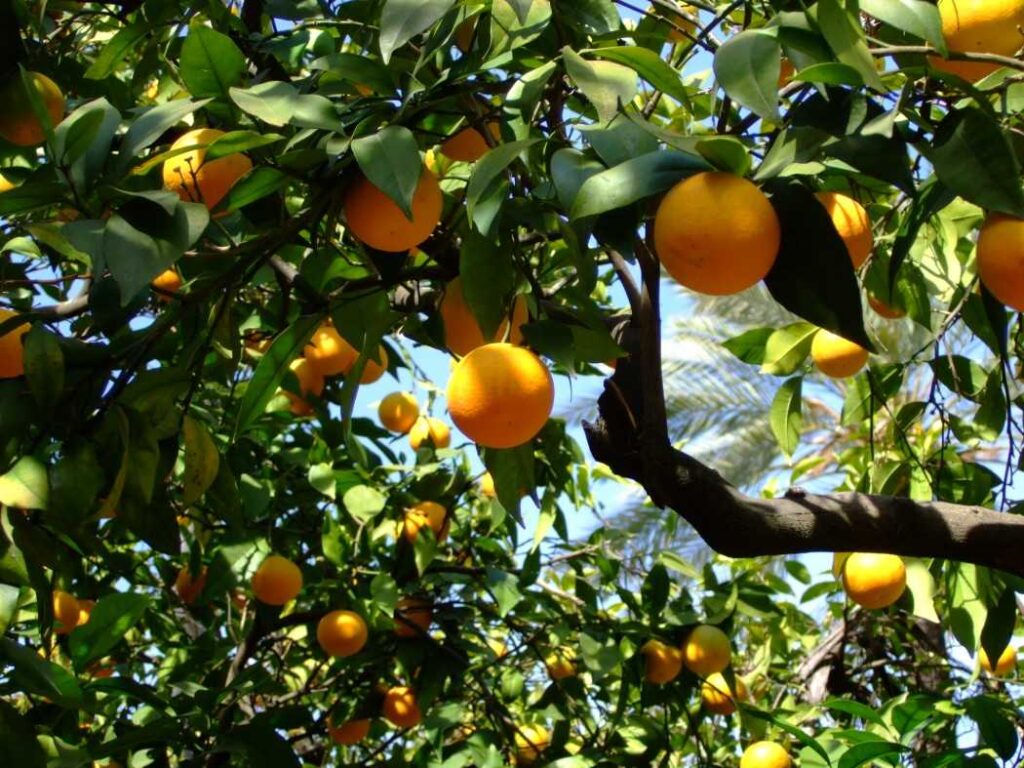
Leafing Now, Fruiting Later This Summer
Medicinal Uses:
Peel used in bitters and digestive tonics
Flowers (neroli) used for calming and mood balance in aromatherapy
Found: Old groves, homesteads, or wild escapes in citrus-growing regions
Why These Matter
Shrubs and trees may not fit the typical herbalist image of dainty herbs and wildflowers, but they provide year-round resilience—even in Florida’s heat, storms, and sandy soils. They’re long-lived, often native, and many offer shelter and food to birds, bees, and people alike.
When we plant (or notice) these healing giants, we’re building not just a garden—but a living pharmacy that’s part of Florida’s ecological legacy.
Try This:
Add a Beautyberry or Yaupon Holly to your native landscape
Make a simple elderberry syrup or pine needle tea
Rub crushed wax myrtle leaves on your arms before heading into the garden
